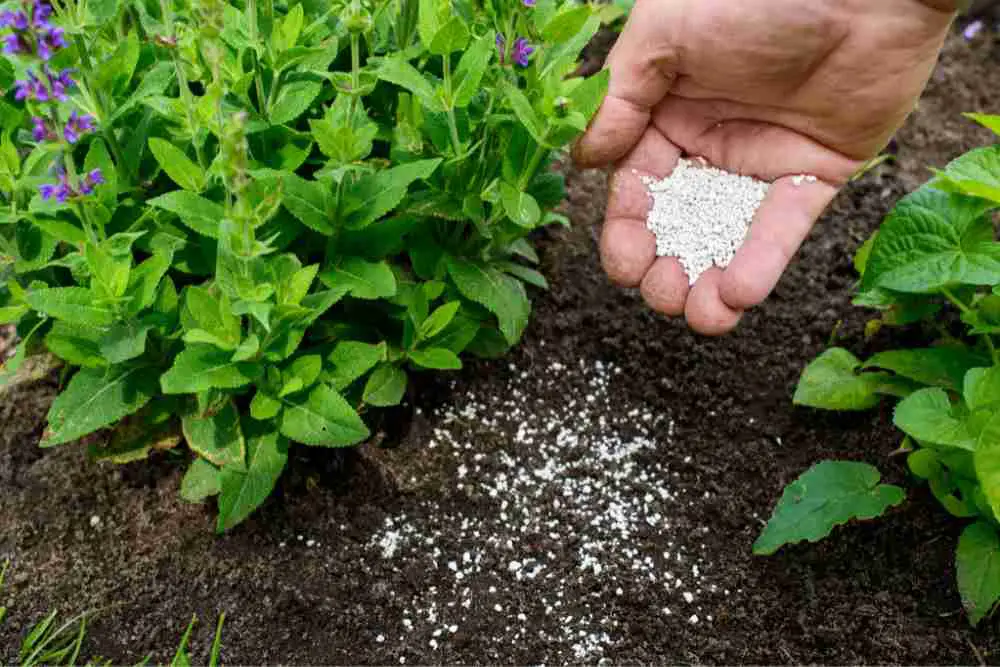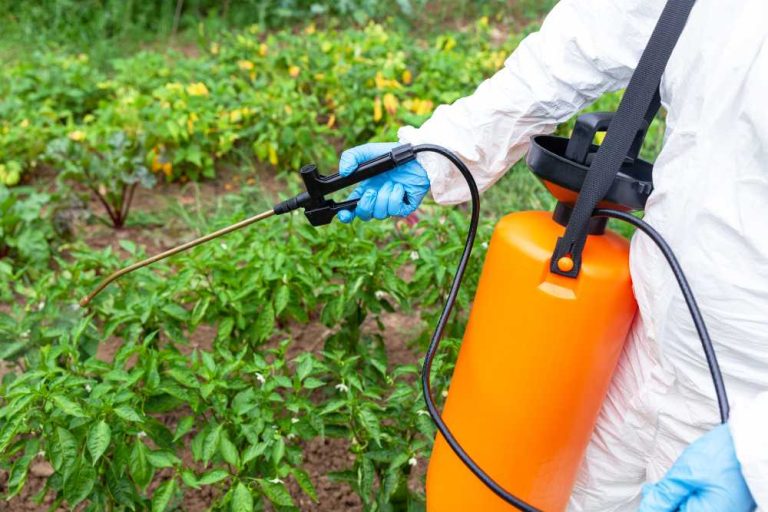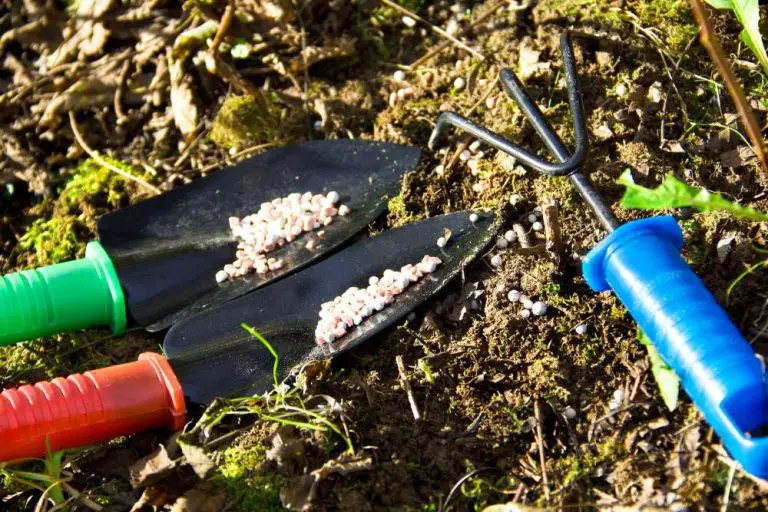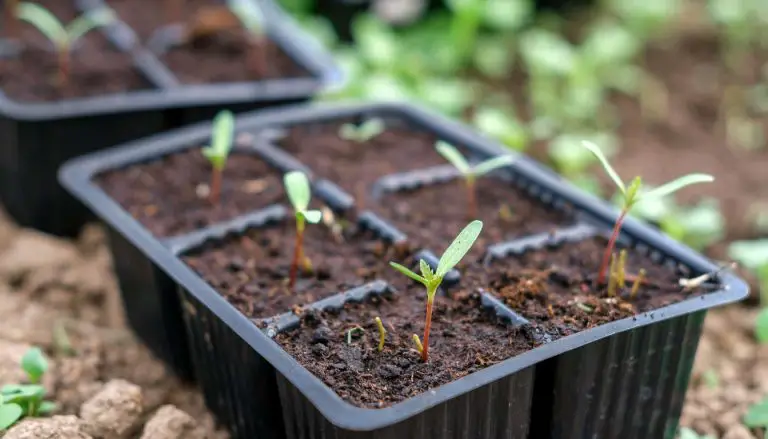Ultimate Guide to Fertilizer Application for Optimal Crop Growth
Fertilizer placement can be done in three ways, namely, Broadcast top placement (dressing/side dressing), Localized placement (top dressing/side dressing). Localized fertilizer placement is in two ways; Band application, Circular application. The last placement method is Fertigation placement.
A fertilizer application is done in four ways. Broadcasting fertilizer is frequently done after the crop has been harvested, in preparation for the next crop. These materials should then be incorporated by plowing to avoid water pollution by runoff. Topdressing refers to adding fertilizer to the surface of a crop already growing. A foliar spray can also be used to apply nutrients where it is absorbed by the leaves.

Generally, micronutrients such as iron or zinc are applied in a foliar spray. In a situation when the plant nutrients in the soil are not available due to a high pH, the most promising way to increase the nutrient level in the plant is to spray the particular nutrient. Fertigation adding fertilizer to irrigation water is gaining in popularity and is called fertigation.
Balanced fertilizer use is important here are some importance of that. Environmental factors and soil-plant nutrient content and its availability determine the capacity of a plant to absorb such nutrients. Soil fertility determines the capacity of soil to supply nutrients. The cap
an important role. The presence of adequate quantities of nutrients in the forms accessible to plant roots in soil solution is essential to attain optimum crop growth. Plants have specific nutrient requirements based on crop species and cultivars.
Some species have a higher requirement for certain nutrients. In plantation crops, tea requires more N. Coconut, and oil palm requires more potassium. Supplementing the soil’s capacity to supply crop requirement has to be done by means of adding chemical fertilizer or organic manure to the soil.
An understanding of the nutrient is the most important aspect of balanced fertilizer use. Maintaining the balance between the crop nutrient requirement and the capacity of the soil to supply this nutrient is the basis of balanced fertilizer use.
Balanced fertilization requires the use of both chemical fertilizer and organic manure to supply the requirement of major, minor, and micronutrients. Even though the application of organic materials as manure is very rare in plantations, the application of organic matter as mulch, green manure or as cover crops is greatly encouraged. Practical experience shows that the addition of sulfur, calcium, magnesium, zinc, and boron is helpful to certain crops. E.g., Tea and Cocoa.
The addition of zinc and magnesium is necessary to improve growth in tea nursery plants. In practice, soils have the capacity to supply calcium, magnesium, and most micronutrients. But enhanced crop production limits the availability of these nutrients.
When the essential nutrients for healthy plant growth and economic production are low in availability or unbalanced, then chemical fertilizers and soil amendments such as lime are required to enhance crop yields. Incorrect fertilizer recommendations in a manner of unbalanced or inadequate availability of nutrients can lead to the depletion of plant nutrient reserves that are in excess in the soil.
Lack of balanced nutrients also encourages excessive uptake of these nutrients supplied in excess but with no benefit. Unbalanced fertilization is an uneconomic waste of scarce resources. Therefore, using a balanced fertilizer to maintain sustainable agricultural systems while achieving optimum yields is important.
To obtain the best results of a supply of adequate and balanced amounts of plant nutrients, they must be provided at the correct time as well as the right dose according to the growth phase of the crop and the correct method of application.
Balanced fertilizer application gives many benefits; it can reduce pesticide requirements and produce healthier food. Reduces adverse effects of wasteful fertilizer application eg. Eutrophication, groundwater pollution, or air pollution.
Improves the nutrient value of the crop residues, which can be used as manure. Minimizes the buildup of high levels of residual nutrients, antagonisms, and negative interactions. Increases fertilizer use efficiency. Increase crop yield and quality
- 29 Bucket Gardening Ideas for a Lush, Compact Garden - October 30, 2024
- 20+ Chic Boho Bedroom Ideas for a Cozy and Stylish Retreat - June 20, 2024
- 12+ Modern Boho Living Room Ideas to Create a Unique Oasis - June 10, 2024








I love your tex,I need to know more
Well written and helping for the growers. I just write about plant viruses and their insects. Please do read and suggest your recommendations.
https://www.planthealthtalk.com/insects-serve-as-vectors-of-plant-diseases/
Dear Really it nice knowledge shared method I am satisfied that you very much.